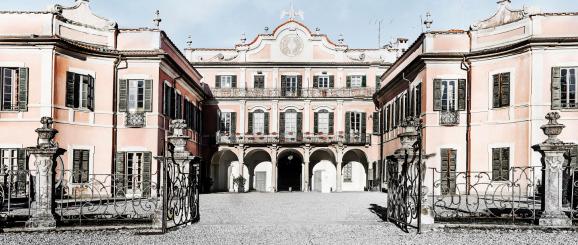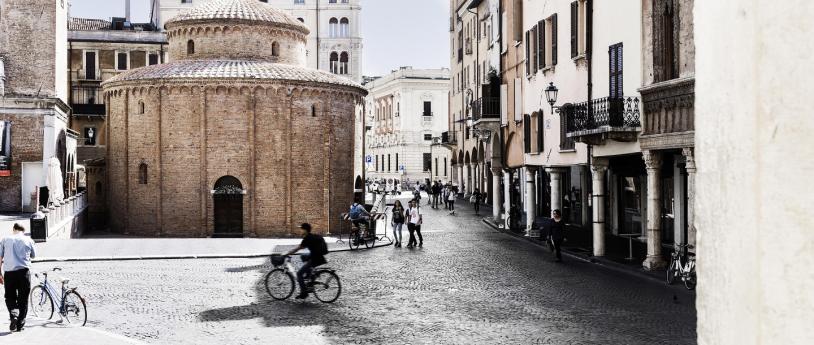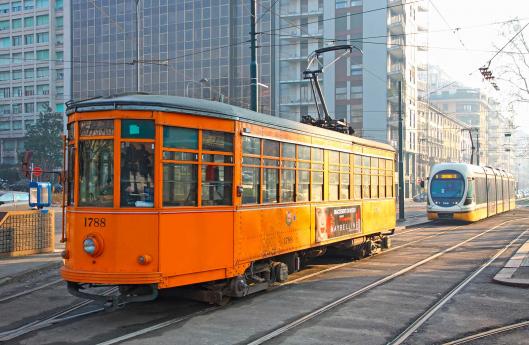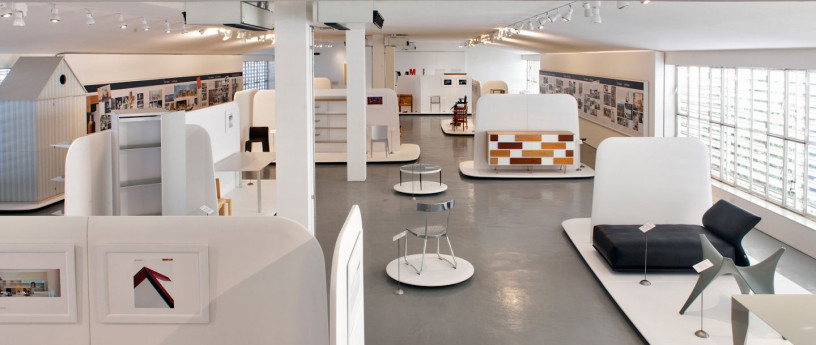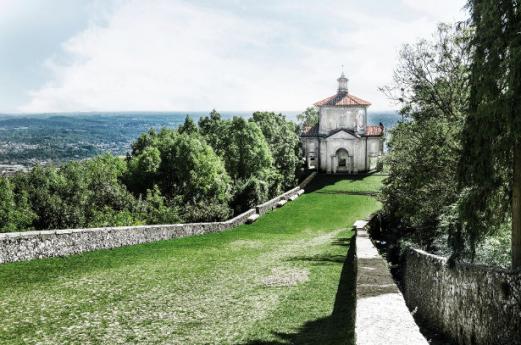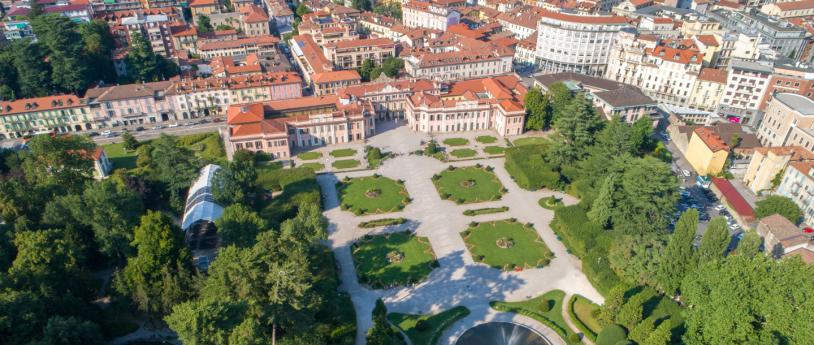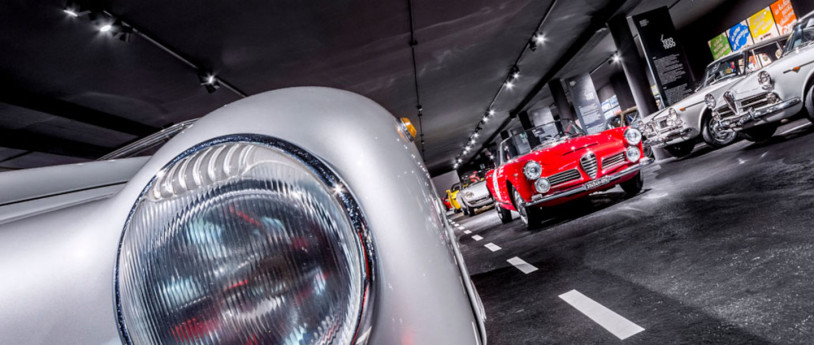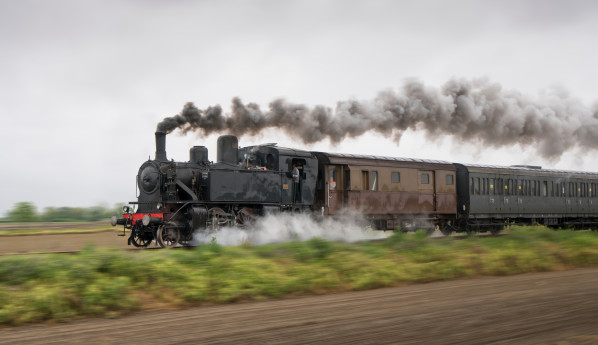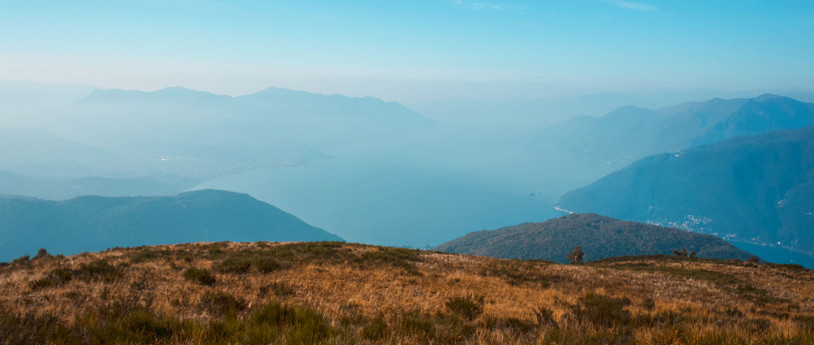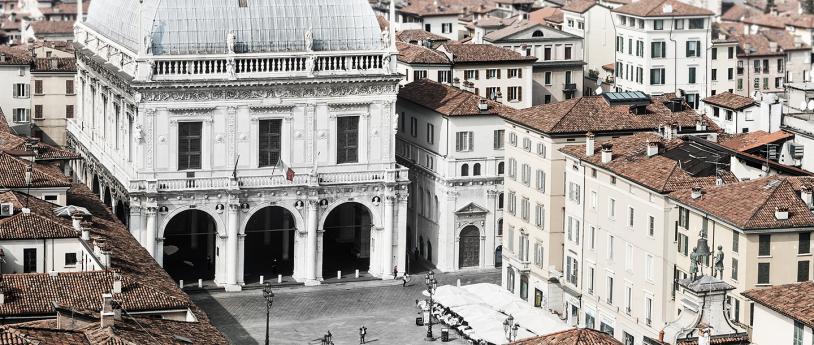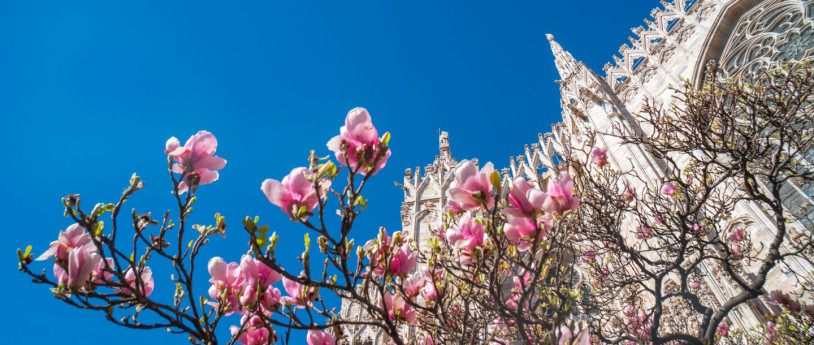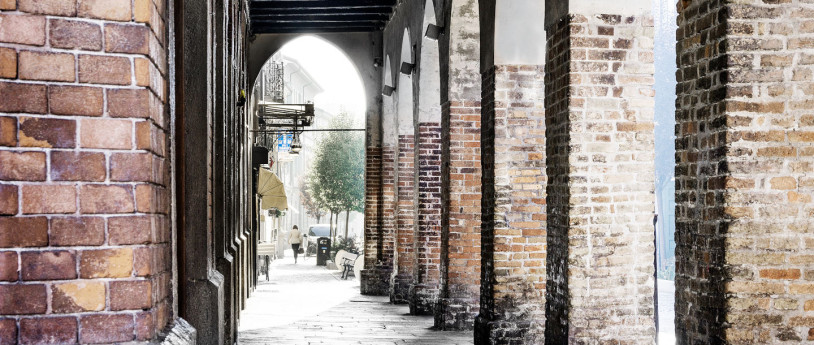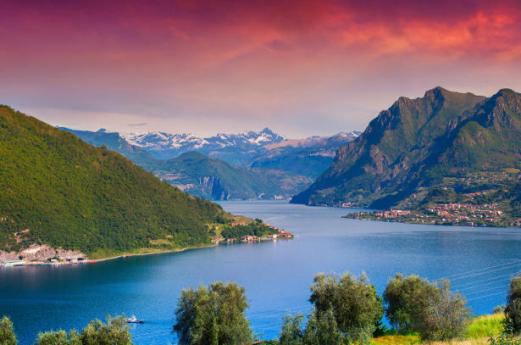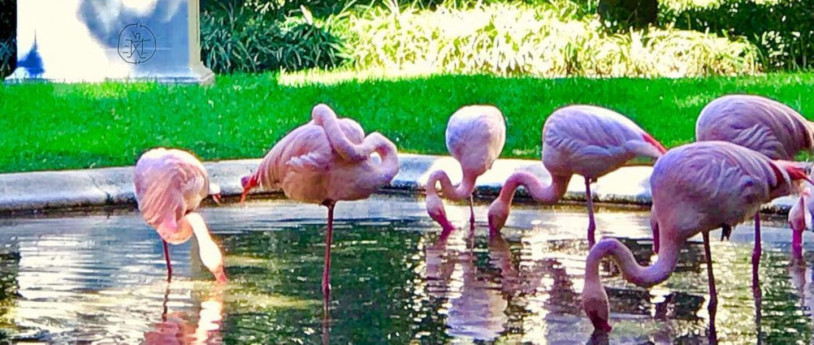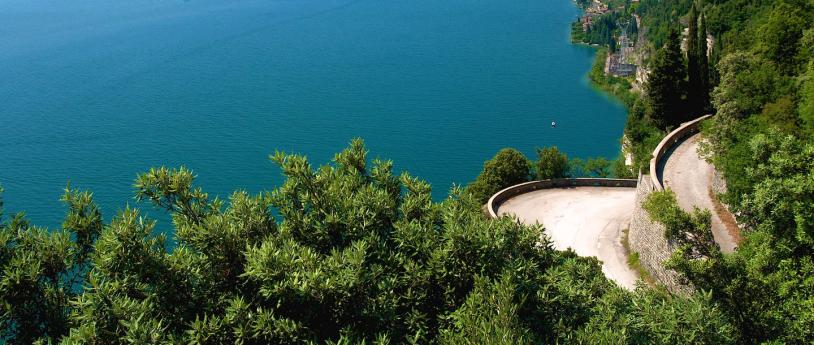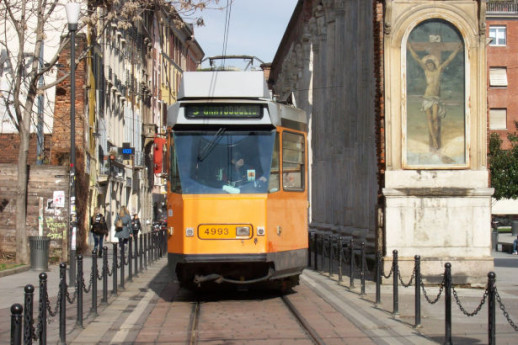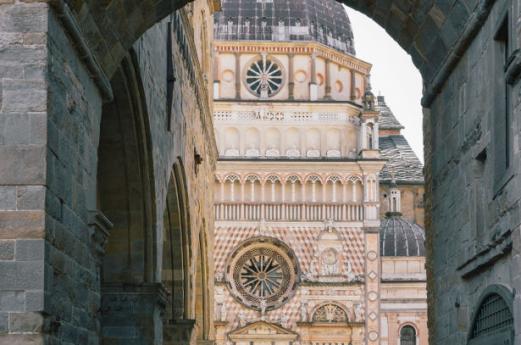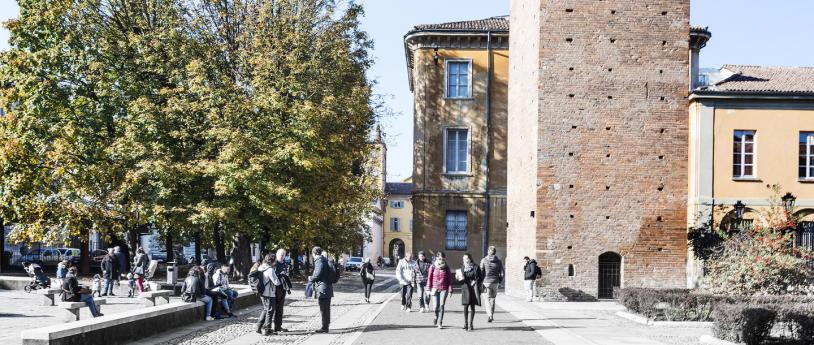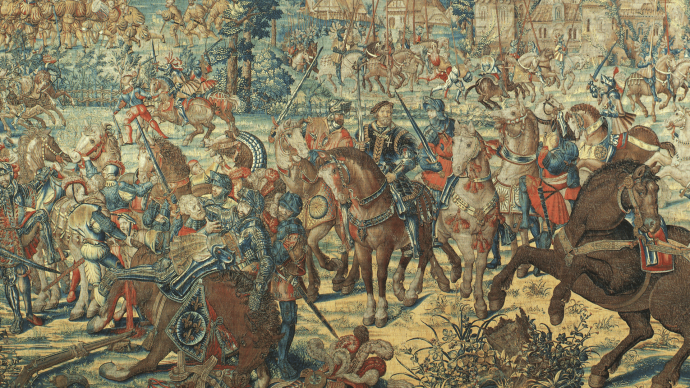- Lifestyle
- Art & Culture
Mantua in a weekend
An unmistakable skyline reflects the history of the city of the Gonzaga, a UNESCO World Heritage Site. Discover Mantua in 48 hours
From the lakes of Mantua, Palazzo Ducale dominates an unforgettable skyline. It was designed by the Gonzaga together with the greatest artists of the time.
The first and the most courted of them was Andrea Mantegna. Among other works, Ludovico II asked him to paint a fresco to celebrate his dynasty. The artist worked on the “Camera degli Sposi”. After nine years he unveiled the masterpiece and invented the most famous oculus of 15th century art.
Walking, slowly. In Piazza Erbe there is still the market. Palazzo della Ragione, Palazzo del Podestà, the ancient Rotonda di San Lorenzo take us back to 900 years ago, at the time of the medieval Communes. From the café table you can see the astronomical clock on the tower. In September, the person at the next table could be a star of Festivaletteratura, the event that for the last 20 years has welcomed writers from all over the world, with hundreds of readings in piazzas, theaters and palaces.
On the scale of Giants. Palazzo Te is just outside the city, but it seems to be far away from the places of power. It was the villa where Federico II Gonzaga held his entertainment. Designed by Giulio Romano, the building surrounded by greenery is full of special effects to capture the dreams, obsessions and romances of a client whose life was turbulent. In addition to the spectacular frescoed walls, like the “Sala dei Giganti”, the rich calendar of world-class exhibitions is not to be missed.
The 18th century at the theatre. One of the things that make Mantua unique is the amazing Teatro Scientifico Bibiena. It astonished Mozart’s father («I have never seen a more beautiful room») and the composer himself, when they played there a few months after the inauguration. What is even more incredible is that the architect, Antonio Galli Bibiena, took only two years, from 1767 to 1769, to build and paint the late Baroque masterpiece, now home to concerts and literary meetings.
The Court of Flavours. Another valuable legacy of the Renaissance is Mantua’s cuisine. The pumpkin ravioli with the famous mustard and “amaretti” (almond biscuits) have been handed down directly from the Court of the Gonzaga. Instead, we owe the elvezia cake - made from almond paste and “zabaione” - to bakers from the Swiss Graubünden Canton, who immigrated here at the end of the 18th century. The sbrisolona, a mix of flours and almonds, is a typical peasant cake. To be eaten with your hands, according to tradition.
